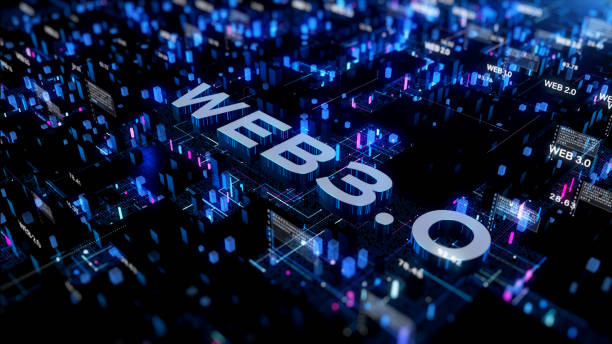Introduction:
In the ever-evolving landscape of technology, a new paradigm is emerging that promises to reshape the way we interact with the digital world. It's called Web3, and if you're not familiar with it yet, you're not alone. In this beginner's guide, we'll delve into what Web3 is all about, why it matters, and how it's poised to revolutionize the internet as we know it.
1. Understanding Web3:
To grasp the concept of Web3, it's essential to understand its predecessors. Web1, often referred to as the "read-only" web, was characterized by static web pages and limited interactivity. Web2, on the other hand, ushered in the era of social media, e-commerce, and user-generated content, allowing for greater participation and collaboration online.
2. The Evolution of Web3:
Web3 represents the next evolutionary stage of the internet, marked by decentralization, peer-to-peer networks, and user sovereignty. Unlike Web2, where centralized platforms control data and monetize user activity, Web3 aims to empower individuals with ownership and control over their digital identities and assets.
3. Key Components of Web3:
At the heart of Web3 are decentralized technologies such as blockchain, decentralized finance (DeFi), and decentralized autonomous organizations (DAOs). These technologies enable trustless transactions, peer-to-peer interactions, and censorship-resistant applications, laying the foundation for a more transparent, equitable, and resilient internet.
4. Use Cases of Web3:
Web3 has a wide range of applications across various industries. In finance, DeFi platforms enable borderless lending, borrowing, and trading without intermediaries, offering financial services to the unbanked and underbanked. In gaming, blockchain-based games provide players with true ownership of in-game assets and verifiable scarcity, fostering new economic models and community engagement.
5. Advantages of Web3:
One of the primary advantages of Web3 is its emphasis on privacy, security, and user control. By decentralizing data and removing intermediaries, Web3 reduces the risk of data breaches and censorship, empowering individuals to maintain ownership of their digital assets and identities. Additionally, Web3 promotes innovation and interoperability, allowing for seamless integration across different platforms and applications.
6. Challenges and Limitations:
Despite its promise, Web3 faces several challenges and limitations. Scalability, interoperability, and user experience are key areas of concern that need to be addressed for widespread adoption. Moreover, regulatory uncertainty and user education are important factors that may impact the pace of Web3's evolution.
7. The Future of Web3:
As Web3 continues to evolve, its impact on the internet and society at large is poised to grow exponentially. From decentralized social networks and identity management solutions to autonomous organizations and digital sovereignty, the possibilities are endless. However, realizing the full potential of Web3 will require collaboration, innovation, and a commitment to principles of decentralization, openness, and inclusivity.
Conclusion:
Web3 represents a paradigm shift in the way we conceive and interact with the internet. By decentralizing control, fostering trustless transactions, and empowering individuals, Web3 has the potential to create a more equitable, transparent, and resilient digital ecosystem. While the journey towards Web3 may be challenging, the opportunities it presents for innovation, empowerment, and positive societal impact are boundless. As we embark on this transformative journey, let's embrace the principles of Web3 and work towards building a better internet for all.
References:
Ethereum
Polkadot
CoinDesk - Blockchain Use Cases

